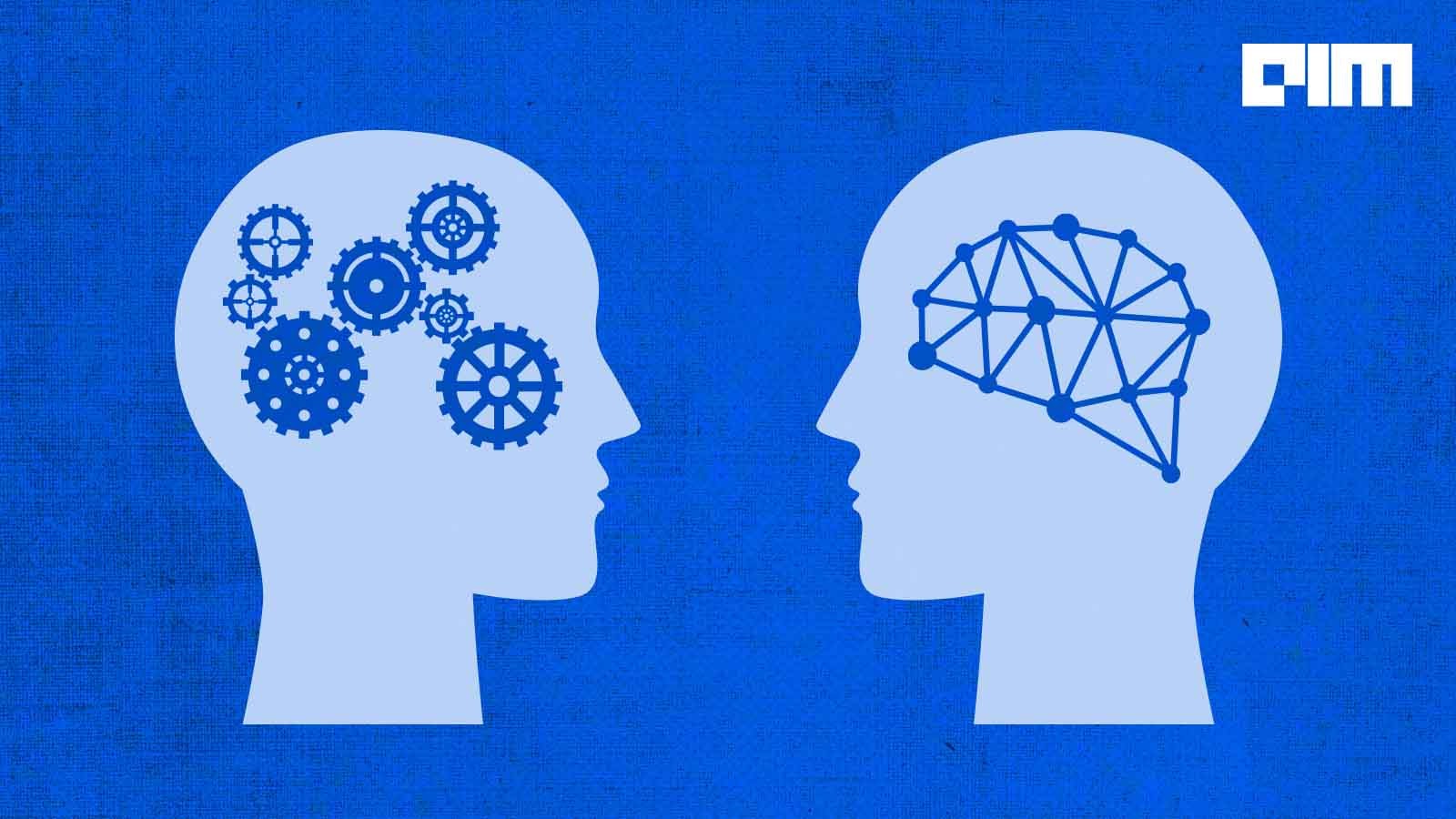The Fourth Industrial Revolution is upon us. Human evolution has entered a new phase on the back of breathtaking technology advances. Professor Klaus Schwab, in his seminal book, The Fourth Industrial Revolution, talks about the blurring of the lines between the physical, digital and biological spheres.
The Fourth Industrial Revolution deals with how technologies like artificial intelligence, machine learning and the internet of things change the way we live and interact with the world and each other.
Terms like AI and ML are thrown around a lot and are sometimes used alternatively. Vagueness in definitions, tech companies playing up their capabilities enabled by overzealous PR firms, and clueless reporters legitimising the interchangeable usage without fact-checking etc, have led to the confusion. Though the two technologies are very closely related, they are not the same.
What Is Artificial intelligence?
John McCarthy, the father of artificial intelligence, and Marvin Minskey brought respectability to AI as an academic discipline through their pioneering work. The first stirrings of modern AI can be traced back to the 1956 Dartmouth workshop. Luminaries like Ray Solomonff, Herbert Simon, John Nash, Marvin Minsky attended the workshop that lasted six to eight weeks. Marvin Minsky wrote: “Within a generation, the problem of creating ‘artificial intelligence’ will substantially be solved”
Back then, AI was described as any task performed by a machine that would require human intelligence. Over the years, this definition has expanded to include the machine’s ability to generalise and apply its learning to perform tasks with little or no experience (few-shot or zero-shot learning models). Typically, AI systems display some or most of human intelligence characteristics, such as planning, learning, reasoning, perception, motion, problem-solving, and even creativity.
Very broadly, AI can be divided into two: narrow AI and general AI. Narrow AI systems handle singular or limited tasks. Also referred to as weak AI sometimes, such systems have applications in email spam filtering, recommendation systems, and autonomous vehicles. NVIDIA’s Maxine, a cloud AI video streaming platform, is an excellent example of narrow AI’s application.
On the other hand, general AI refers to a machine’s capability to think and function as a human. It is still a very fictional concept, and experts believe it would be some time before it is ultimately realised. General AI, also known as the strong AI, uses a theory of mind AI framework that denotes the ability to distinctly recognise other intelligent entities’ needs, emotions, and thoughts.
Machine learning: Part Of A Greater Whole
Credit: Intel
Machine learning relies on defining behavioural rules by examining a set of data to find patterns. Since the main objective of ML is to enable machines to learn by themselves, given a set of data, it is merely a technique for realising AI.
The early techniques for AI were just not tenable. Fixed, rule-based systems and hard-coded algorithms did not fit well with AI-related use cases. Machine learning came into the picture when the objective shifted from just mimicking human behaviour to mimicking how humans learn.
Machine learning can be divided into three categories:
Supervised learning: It has a set of labelled data to train the model on. In a way, it means supervising a machine by providing a ton of information about a particular case and giving it the case outcome. The algorithm makes predictions on the training data, and the developer corrects any possible deviation from the expected performance. The training stops when the machine achieves the desired level of accuracy in mapping the input to the output.
Unsupervised learning: Unsupervised learning relies on giving the machine or algorithm unlabeled data and allowing it to identify the pattern on its own. Here the user has to input just the data with no corresponding output variables. The system’s goal would be to model the underlying structure to learn more about the data. Algorithms are left on their own to discover interesting patterns in the data.
Reinforcement learning: It is the third most popular machine learning algorithm. It depends on ML algorithms with a set of rules and let it learn on its own on how to achieve the goals. This type of learning involves a component of reward. The algorithm tries to maximise the reward within the rules.
Wrapping Up
AI refers to machines exhibiting human-like intelligence. There are several techniques for that, machine learning being one of the most prominent ones. AI’s ultimate goal is to develop a smart system to simulate human thinking and intelligence, while ML allows the machine to learn from data to give the desired output. While AI aims to make machines more human-like, ML helps in making machines learn like humans.











































































